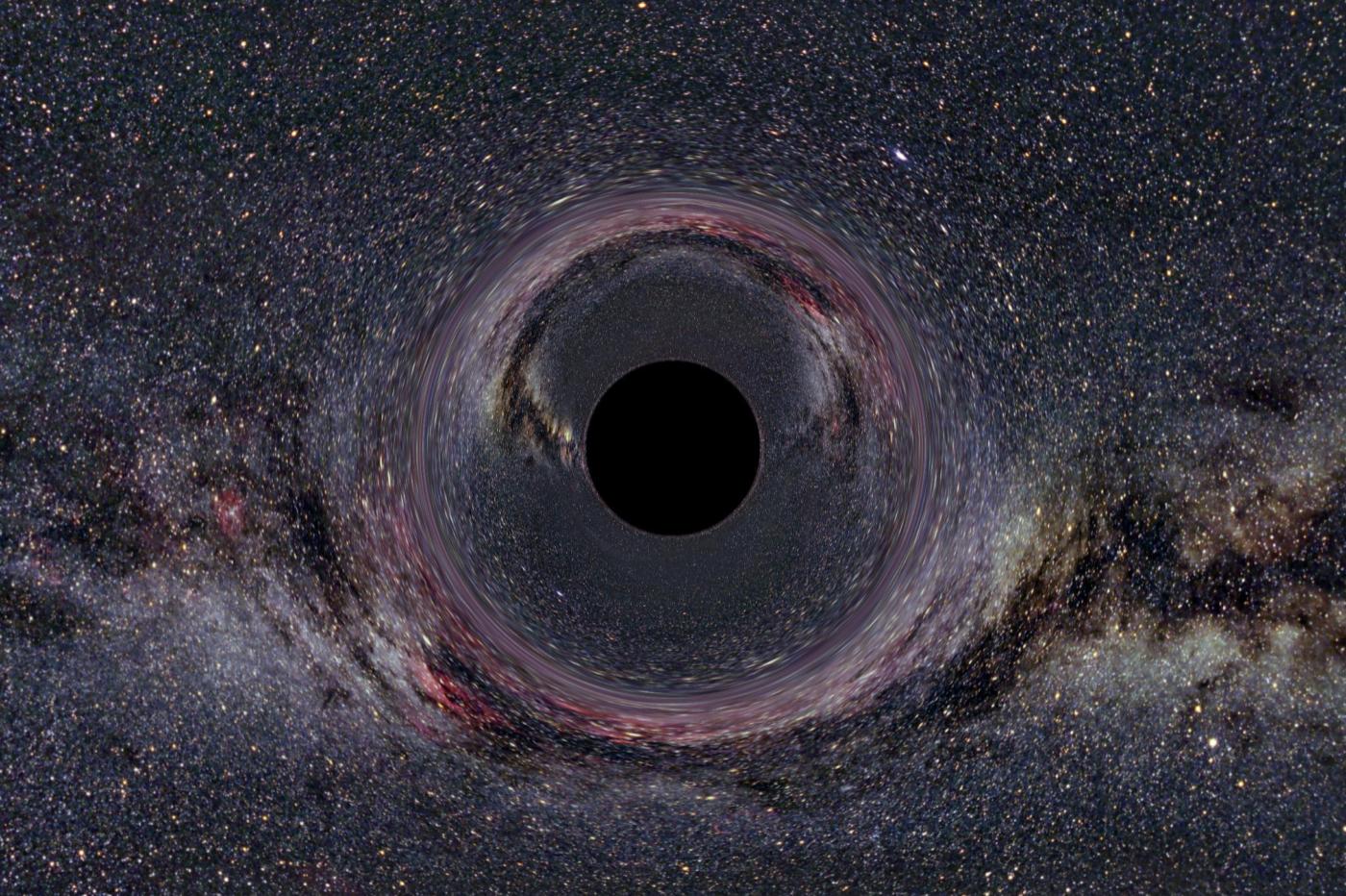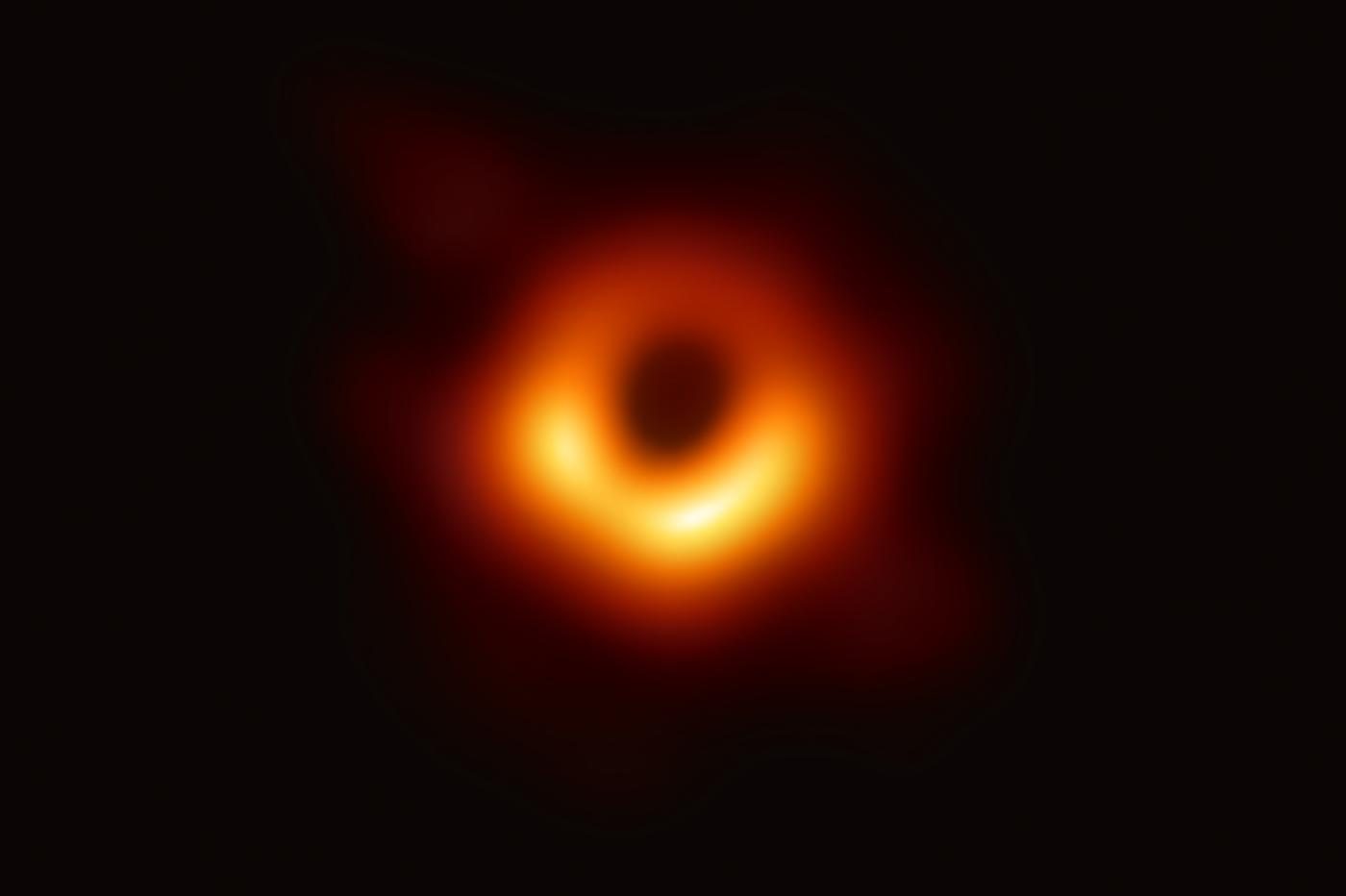Astronomers are preparing a “groundbreaking” announcement on the Milky Way

Astrophysicists from the European Southern Observatory have just announced a conference where they will present a mysterious discovery presented as “revolutionary” in connection with the Milky Way.
A team of renowned astronomers has just stirred up the community of all space professionals and amateurs by teasing the announcement of a “revolutionary” discovery on our Milky Way. These results will be announced on May 12 and the least we can say is that there is plenty to be intrigued.
Indeed, this mysterious and surprisingly rowdy announcement could almost have been anecdotal if it came from a lambda laboratory. But it’s actually quite the opposite; the press release comes directly from the prestigious European Southern Observatory (ESO)an institution which obviously does not usually lapse into sensationalism.
And, above all, it concerns results related to theEvent Horizon Telescope (EHT). In this context, the mere mention of an important result is enough to make astronomers shudder. And for good reason: it is the same machine that made it possible to produce the very world’s first direct image of a black hole. A major step for specialists, but also for the general public who was fascinated by this reddish halo full of implications.
For some time now, the main task of the EHT has been to probe the heart of our galaxy. It can therefore be expected that the discovery “revolutionary” announced by the ESO directly concerns this area. For the moment, the suspense remains intact; but whatever the researchers found there, they felt it was worth announcing it with great fanfare at a dedicated conference to be held on May 12.
An X-ray visualization of the signal associated with Sagittarius A*, here captured by the Chandra X Ray Observatory. :copyright:NASA
A link with Sagittarius A*?
In the meantime, we can try to formulate some hypotheses. To do this, we can start looking at the properties of this zone. It is commonly accepted that the Milky Way, like many other galaxies, is centered around a supermassive black hole called Sagittarius A* (Sgr A*).
However, as mentioned above, the EHT has been pointing in this direction for several months. If one adds this information to his pedigree as a black hole hunter, one begins to discern the outlines of a viable scenario; it seems increasingly plausible that the ESO is about to announce a great discovery about the nature and properties of Sagittarius A*.
Because even if it is commonly accepted that it is a black hole, this information has never been verified with absolute certainty. The most conclusive results were brought by the exceptional work of Reinhard Genzel and Andrea Ghez; they succeeded in proving that Sgr A* is an extremely compact supermassive object, for which a black hole represents the only plausible explanation under current models.
Since this award-winning work Nobel Prize in Physics to its authors in 2020, the scientific community is working hard to confirm this black hole status once and for all. Above all, they seek to produce an image of the black hole’s horizon in the visible spectrum, as in 2019.

The very first image of a black hole, produced using an algorithm by young researcher Katie Bouman. :copyright: Event Horizon Telescope collaboration et al.
The hunt for black holes, a complex exercise
This was already a resounding scientific feat. Indeed, black holes are by definition very unphotogenic. IThey have the annoying habit of absorbing all electromagnetic radiation, including light. It is therefore physically impossible to observe the black hole itself.
Astronomers must content themselves with looking for the horizon, a limit materialized by a disk of gas and dust that accumulates around the singularity while emitting very intense radiation. It is for this reason that the image of the black hole which has since passed to posterity has the shape of a ring.
And shoot the portrait at Sgr A* is announced even more complicated. Indeed, this cosmic giant has so far only been observed indirectly, thanks to the mass and orbit of nearby objects. If it is difficult to observe it directly, it is because it is partially masked by a huge cloud of dust and gas; an obstacle that immensely complicates the task of astronomers. If they actually succeeded in producing an image of its horizon, the qualifier “revolutionary” used by the researchers would therefore be perfectly justified.
Whether or not this is the subject of this conference, we therefore give you an appointment on May 12 at 3 p.m. for this conference which is already announced fascinating in many ways; the announcement will be broadcast live on the ESO YouTube channel.
https://www.science-et-vie.com/ciel-et-espace/une-annonce-revolutionnaire-sur-le-trou-noir-au-centre-de-notre-galaxie-attendue-le-12-mai-71627.html?utm_campaign=post-auto&utm_medium=facebook&fbclid=IwAR0JhV0li5RgFdx2yDcDe2vC-cHWeBcXBTC57h8A2Pby3ytSj8lR5TFweHo

